The Power of Internal Communication: Keeping Projects and People in Sync

In the world of architecture, engineering, and construction (AEC), projects live or die by coordination. A single missed email, an outdated file version, or a misunderstood request can cascade into rework, blown budgets, and frustration across teams. As projects grow more complex, maintaining strong internal communication isn’t just a “soft skill” — it’s a critical part of project delivery.
Let’s explore how clear, consistent communication keeps projects (and people) aligned, and how technology can support that effort.
Miscommunication Is More Costly Than You Think
Every AEC professional has seen it happen: a field team works from an outdated plan set, or an engineer uses the wrong file version because no one relayed a change. These breakdowns don’t just waste time — they cost real money.
According to industry studies, poor communication and data management can account for over 20% of total project cost overruns. In an environment where deadlines are tight and margins thin, that’s a risk no firm can afford.
Building good communication habits helps teams catch small issues before they turn into expensive mistakes.
Centralized Collaboration Tools = Fewer Surprises
Tools from companies like Microsoft, Autodesk, and Egnyte have revolutionized how teams share information. But technology only works when it’s used intentionally.
Establishing clear communication channels and expectations — where drawings, RFIs, and meeting notes live — prevents version confusion and keeps everyone working from the same playbook. By adopting centralized collaboration platforms, you can:
· Eliminate file duplication and confusion over “latest” versions
· Keep project discussions transparent and searchable
· Streamline approvals and reduce turnaround time
· Maintain a record of decisions for future reference
When your communication tools and workflows are aligned, your team can focus on designing, building, and delivering.
The Human Side of Communication
Even with the best software, communication breaks down if people aren’t aligned. Building a culture of openness, accountability, and proactive updates is key to keeping momentum.
Encourage team members to:
· Ask questions early rather than making assumptions
· Share updates before others must ask for them
· Document key decisions in writing
· Clarify who owns what at each project stage
Great communication isn’t about constant chatter — it’s about clarity and trust. When everyone knows where to find information and who to talk to, collaboration becomes second nature.
How MSPs and IT Partners Strengthen Collaboration
Your IT systems play a direct role in how well your teams communicate. A reliable managed service provider (MSP) ensures that the tools you depend on — Teams, email, shared drives, VPNs — stay secure, accessible, and integrated.
An experienced MSP can improve communication infrastructure by:
· Managing permissions and access control across projects
· Ensuring cloud and local storage sync correctly
· Maintaining uptime for collaboration platforms
· Training teams on best practices for digital communication
· Supporting hybrid work environments so remote users stay connected
When technology runs smoothly behind the scenes, teams can focus on what matters — delivering successful projects together.
Conclusion
In the AEC world, success isn’t just about who designs the best building or bridge — it’s about how well teams coordinate every step of the process. Clear communication reduces friction, strengthens relationships, and keeps everyone rowing in the same direction.
The right tools and habits make all the difference. Keep your communication clear, your channels consistent, and your teams connected.
Because when people stay in sync, projects stay on track.
